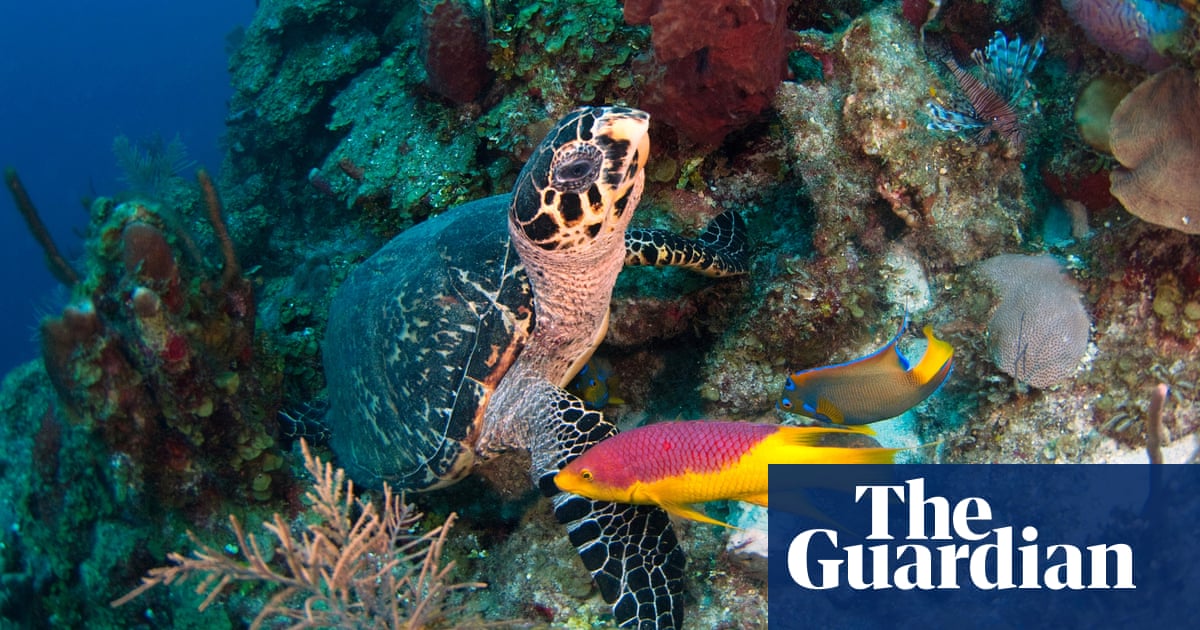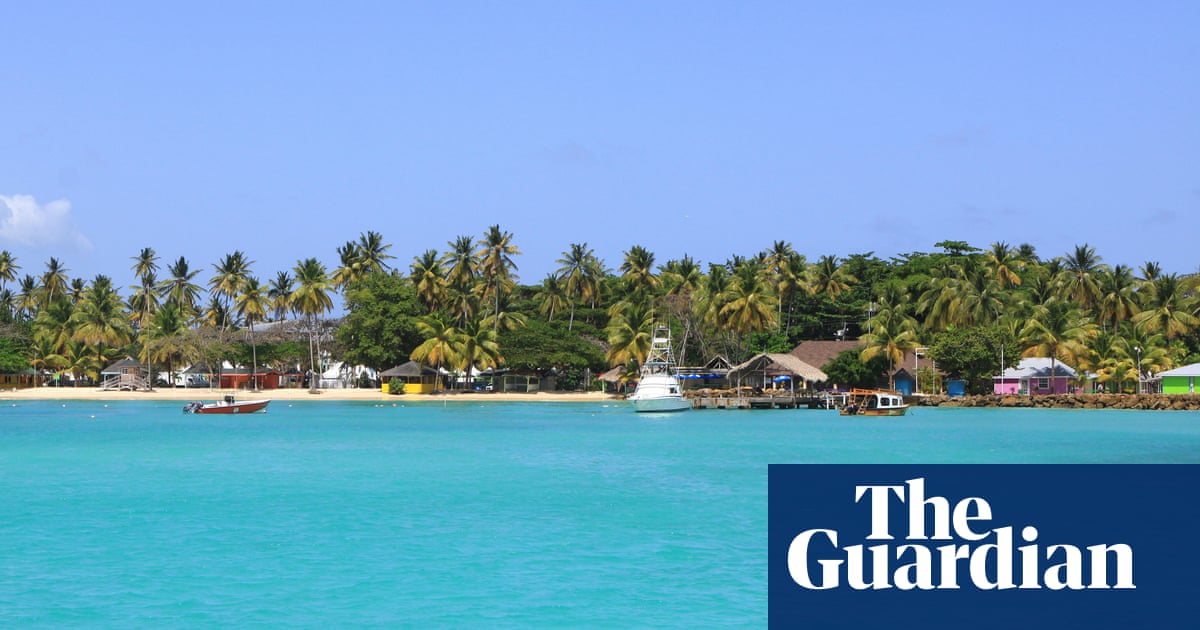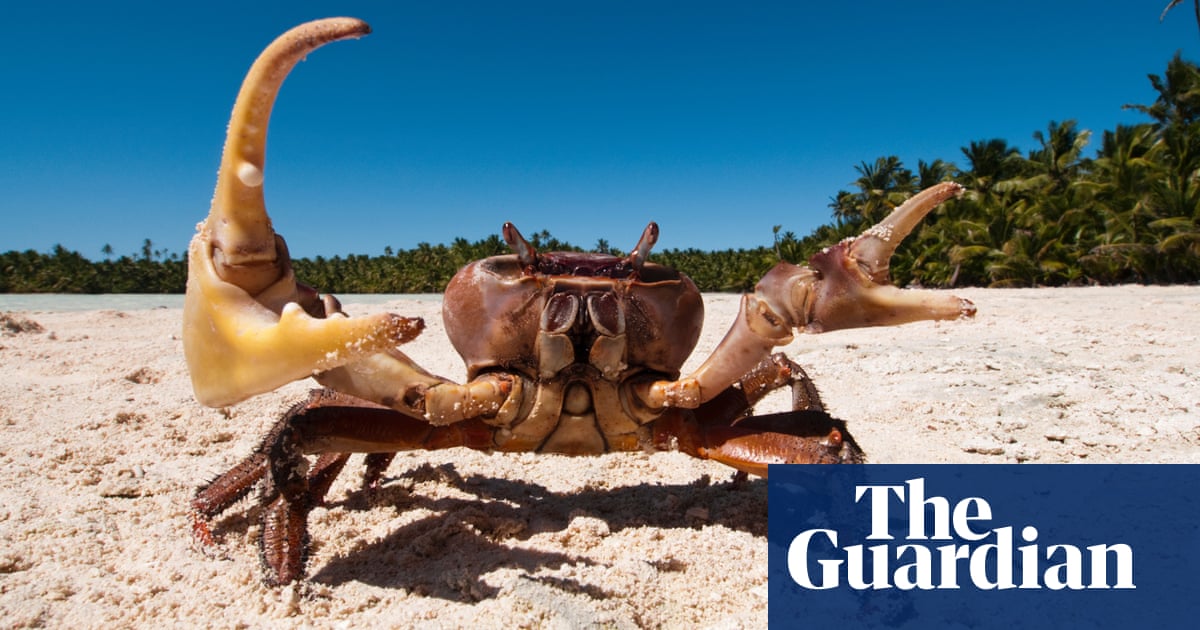From turtles to fruit bats, migratory species increasingly under threat, says UN | Endangered species


More than a fifth of migratory species under international protection are threatened with extinction, including nearly all nomadic fish, according to the first UN expert assessment.
From humpback whales to Dalmatian pelicans, each year, billions of animals journey with the seasons over oceans, on land and in the skies. But a new report by the Convention on the Conservation of Migratory Species of Wild Animals (CMS) has found that many migratory species are at risk of disappearing, threatened by human pollution, the spread of invasive species and the climate crisis.
The assessment of migratory animals that are under protection from the treaty found that 22% of the 1,189 CMS-listed species are threatened with extinction and nearly half, 44%, are showing population declines, with many under unsustainable pressure from habitat loss and overexploitation. As much as 97% of sharks, rays and sturgeons on the list are facing a high risk of extinction, with populations declining by 90% since the 1970s.
Wildlife can travel enormous distances while migrating, culminating in some of nature’s most dramatic journeys, such as a million wildebeest travelling from the Serengeti in Tanzania to the Maasai Mara in Kenya, and Pacific salmon returning upriver to breed across the west coast of the US.
Gorillas and nearly half of all turtles covered by the convention are in danger of disappearing, according to the analysis, while those experiencing declines include bar-tailed godwits, which fly more than 8,000 miles nonstop between Alaska and Australia, the straw-coloured fruit bat, which undertakes the largest mammal migration, across Africa, and the critically endangered European eel.
The report comes as governments gather for a summit in Samarkand, Uzbekistan, to discuss how to better protect the world’s migratory species. Executive secretary Amy Fraenkel told the Guardian that the trend toward increased extinction risk was a “huge cause for alarm”, but there was also much that governments could do about the declines.
“The reason why species are covered by the convention is because they are in trouble – it is not surprising to find that some of them are endangered. The problem is the trend: 44% of listed species are in decline and that increasing extinction risk is something that applies globally to migratory species,” Fraenkel said.
“Three in four species are affected by habitat loss, seven out of 10 are affected by overexploitation, which includes intentional killing of species through hunting or poisoning, as well as bycatch. People might not realise that whales, lions, gorillas, giraffes and many birds are migratory species … It is a huge cause for alarm,” she said.
To conserve those that remain and help populations recover, the report authors recommend that human infrastructure on key flyways, swim-ways and migration paths should be minimised. They also said more work should be done to understand areas that are crucial to migrations and better protect them. In spite of conservation efforts, 70 listed species, including the steppe eagle, Egyptian vulture and wild camel, have suffered populations decreases over the past 30 years.
Inger Andersen, the UN’s environment chief, said: “The global community has an opportunity to translate this latest science … into concrete conservation action. Given the precarious situation of many of these animals, we cannot afford to delay.”
Fraenkel added: “There are many things that are needed to be done on addressing the drivers of environmental change, such as agriculture for habitat destruction, the sprawl of cities, we have to look at rail, road and fences. One of the most important things for migratory species is something we call ecosystem integrity: they need particular sites to breed, feed and travel. If those sites cannot be accessed or don’t exist any more, then it’s obviously going to be detrimental.”
The convention covers migratory species that require international coordination to protect their survival. The report authors identified 399 threatened migratory species that are not listed under the convention.
Find more age of extinction coverage here, and follow biodiversity reporters Phoebe Weston and Patrick Greenfield on X for all the latest news and features




